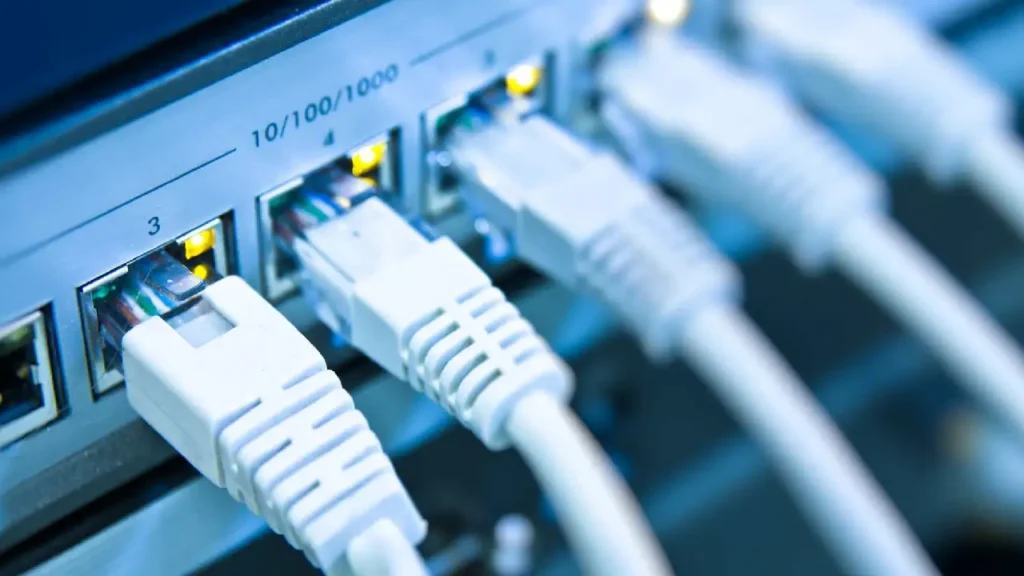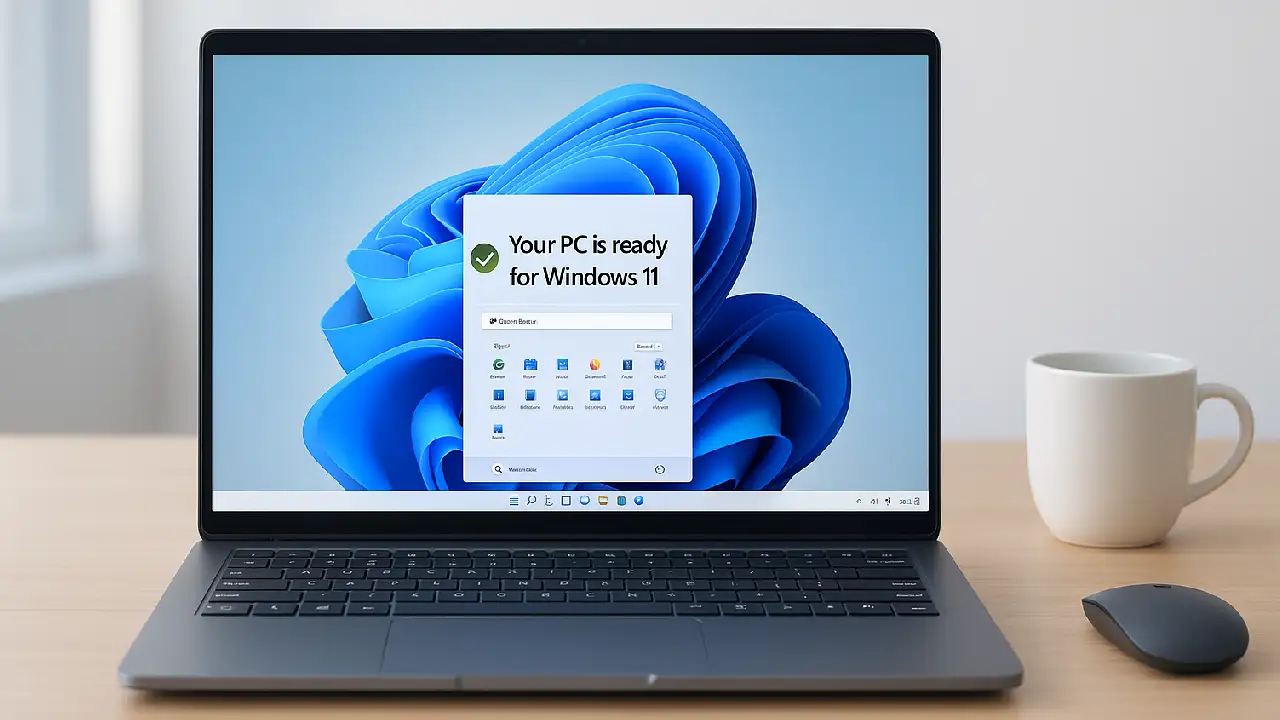6G internet promises to let you download a whole 4K movie in only one second or run whole smart cities from the cloud without any lag. People are still moving to 5G, but the tech world is already racing toward something much bigger.

We’ll talk about what 6G internet is, how it’s different from 5G Internet, when it will come out, and why it matters for your digital future in this blog.
What is 6G and why it matters
6G internet is the sixth generation of wireless mobile communication. It is predicted to replace 5G Internet by the early 2030s. It was made to do more than merely speed things up. 6G internet is like the nervous system for the next phase of the internet.
It will make things like real-time virtual reality, self-driving drones, brain-computer interfaces, and AI-driven everything possible.
How does 6G internet technology work
6G internet will operate at terahertz (THz) frequencies, between 100 GHz to 1 THz. These ultra-high frequencies enable:
- Data speeds up to 1 Tbps (that’s 100x faster than 5G)
- Latency under 100 microseconds (10x lower than 5G)
- Massive device density for smart cities, vehicles, factories, and more

To handle this, 6G networks will rely on:
- AI-native architecture for self-optimizing systems
- Holographic beamforming for precise signal delivery
- Smart surfaces and intelligent reconfigurable metasurfaces to boost indoor coverage
Features of 6G internet network
Here’s what makes 6G internet stand out:
- Speed: Up to 1 terabit per second
- Latency: Below 0.1 milliseconds
- Coverage: Satellite + ground hybrid connectivity
- AI integration: Built into the network itself
- Sensing and Imaging: Environment-aware networks
- Energy efficiency: Designed to reduce carbon footprint
6G vs 5G – What’s the real difference
| Feature | 5G | 6G |
|---|---|---|
| Max Speed | ~10 Gbps | Up to 1 Tbps |
| Latency | ~1 ms | ~0.1 ms |
| Frequency Band | Sub-6 GHz / mmWave | Terahertz (THz) |
| Intelligence | Partially AI-optimized | Fully AI-native |
| Coverage Model | Ground towers | Hybrid satellite + air + ground |
| Real Use Cases | AR/VR, IoT, 4K streaming | Holograms, smart cities, BCI |
When is 6G internet coming
The expected 6G internet launch date in India and globally is around 2030. But early testbeds and research projects are already active in countries like:
- 🇺🇸 United States
- 🇰🇷 South Korea
- 🇯🇵 Japan
- 🇪🇺 Germany and Finland
- 🇮🇳 India (through Bharat 6G Vision by DoT)
In fact, India’s Bharat 6G internet program aims to make the country not just a user but a developer and exporter of 6G technology.
“6G is not just a speed upgrade – it’s a foundational tech for the future economy”
— Dr. Abhay Karandikar, Secretary, Department of Telecommunications, India
Real world use cases of 6G
These are not science fiction anymore:
- Remote surgeries with haptic feedback in milliseconds
- Fully autonomous transport communicating in real time
- Holographic communication for business and education
- Smart agriculture using thousands of micro-sensors
- Digital twins of cities for disaster and traffic management
Will 6G be faster than 5G
Definitely! In fact, under the best conditions, 6G download speeds might reach up to 125 GB/s. That’s 100 times quicker than the fastest 5G.
But it’s not only about speed. 6G will have ultra-low latency and built-in intelligence that will make things conceivable that aren’t achievable with 5G. For example, it will be possible to sync self-driving cars on a highway in real time or beam live holograms of doctors across countries.
Is 6G available in 2025
As of 2025, 6G is still in the R&D phase. Countries and companies are racing to finalize standards and launch pilot projects. Expect consumer-ready 6G phones and networks to begin appearing between 2028 and 2030.
Conclusion
6G isn’t just about faster internet; it’s about a world that is smarter and more connected. 6G will change everything from healthcare to entertainment to education. It will have speeds that are faster than current fiber lines and intelligence incorporated into the network fabric. Knowing about 6G now will give you a good start on the next digital leap as we approach into 2030.
Would you use 6G in your work in the future? Tell us.







